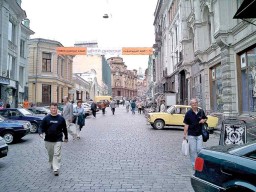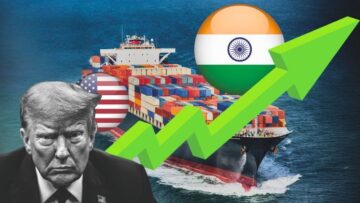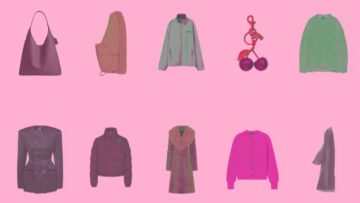
As per the PMR publication’s latest reports the clothing, footwear and accessories (CFA) market in Russia, traditionally the second-largest retail sector after grocery retail of the region, is expected to increase by 9.4% on an average over the next few years. PMR provides an in-depth examination of the construction markets in Russia, Ukraine, Kazakhstan and the CIS countries. The CFA market in Russia was worth RUB 1,903 billion ($ 64.8 billion) in 2011 with an increase of almost 16% in retail sales. With the population of approximately 143,000,000 and an economy that is expected to develop by at least 4% year-on-year in the medium term, Russia remains one of the most attractive retail markets and is further expected to see a significant growth in the clothing retail sector in coming times…
Manifested in the form of frequent modifications and continuing innovations in products, the clothing market in Russia is one of the most dynamic sectors of the economy. With an estimated potential capacity of $ 23-25 billion, the market is calculated to increase by 20-30% annually. Almost 90% of the apparel market in Russia is occupied by foreign producers, where 65% of clothing consists of low-cost imports from Asian countries, 20% of the market is Russian products and 15% is branded clothing by Russian and foreign companies. As a result, the retail market remains very attractive for foreign investors, especially those willing to expand into the vast undeveloped regions outside the major cities.
In recent years, leading international clothing brands like Zara, Mars and Spencer’s and GAP with others have been able to put competitive pressure on local players and gain a significant share of the Russian clothing retail market. Adidas will be opening company owned stores through 2015 in order to capture sales as sports apparel is another area of high-growth in the region. After identifying the potential of the region Sweden’s H&M, alongside other European and global brands like Inditex, C&A and Fast Retailing are all entering Russia, to capture their share in the market. International brands Zara and H&M have not only entered the Russian market but, have created a demand for them as well and are considered as key drivers behind the recovering of the Russian fashion market. Zara’s sales, over the period the economy in Europe was suffering, rose by 20% in Russia and for H&M by 24%, making it evident that the consumers were hardly touched by the crisis.
As a tradition everywhere in the world, fashion and trends are bound to be associated with women; but the projected area of growth in Russia equally belongs to the men and the children, who are becoming more selective of what they wear. Even as women’s clothing holds the largest share of the clothing market in terms of value with around 55%, the men’s clothing is the most promising sector in the region with annual growth expected to be about 10% per annum. Even in 2009, which was the most difficult year for the industry, the sector continued to grow and is expected to see further growth in coming times. But the success is not restricted to a particular segment and Russia is predicted to become the largest consumer market in Europe for all goods by 2018. Russia’s per capita incomes may be half of those in Europe, but as Russians have no debt to speak of they have the same spending power as Europeans and they love to shop, making Russia the 11th largest consumer market in the world and the second or third largest in Europe according to market research company Euromonitor. In addition to this, consumers’ increasing maturity and sophistication has stimulated the luxury sector in particular and Russia is currently the fastest growing market for luxury goods as well.
As the Russian economy remains less affected by the slowdown compared to Europe and the US, owing to their no debt lives, the clothing market is also fast growing due to the fashion-conscious consumers in the region who are proving to be beneficial for the retailers and apparel manufacturers. The burgeoning prosperity is spreading slowly to the 11 regional cities turning Russia into a retailer’s paradise.






